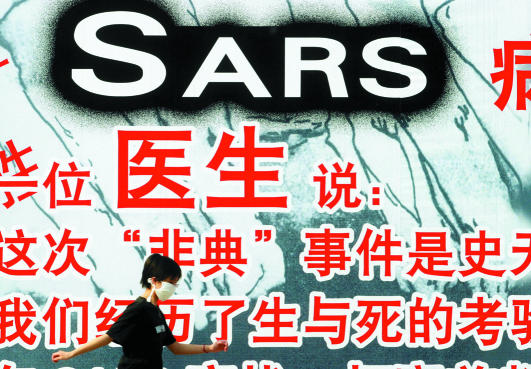The number of cases of severe acute respiratory syndrome (SARS) has exceeded 6500, and by 5 May the syndrome had killed 461 people worldwide. The World Health Organization has warned that the death rate may rise to 10% or above.
The situation in China continues to worsen, and there were 4280 confirmed cases and 206 deaths by 5 May, of which 121 were in Beijing alone, where there have been 1897 cases. More than 16000 people in the city have been put in quarantine, and concerns have been expressed that the virus may spread faster than the medical system can cope with it.
In Taiwan the number of cases more than tripled in two weeks, and by 6 May there were 116 cases and 16 deaths. A WHO team has started an investigation of the outbreak there. “We suspect that their infection control measures in hospitals are just not working,” said Peter Cordingley, WHO's spokesman in Manila.
In Hong Kong, by 5 May there were 1637 cases and 187 people had died, but the rate of increase was showing a sharp decline, with daily infection numbers in single digits by 5May. Singapore still has the world's third largest number of cases—at 204, with 26 deaths, by 5 May, but authorities there have traced about 90% of infections to hospital settings.
WHO's travel advice for Toronto was lifted on 30 April as there had been no cases of community transmission in the previous 20 days. Nationally in Canada there were 148 confirmed cases, with 22 deaths.
A team of Hong Kong scientists have published findings on the treatment protocol there, which includes ribavirin and corticosteroids. A summary of findings, due for publication in the Lancet this week, has been posted on WHO's website (www.who.int/csr/sars/prospectivestudy/en/index.html). (See News Extra at bmj.com)
Figure.
AFP
A passerby walks past an anti-SARS campaign poster



